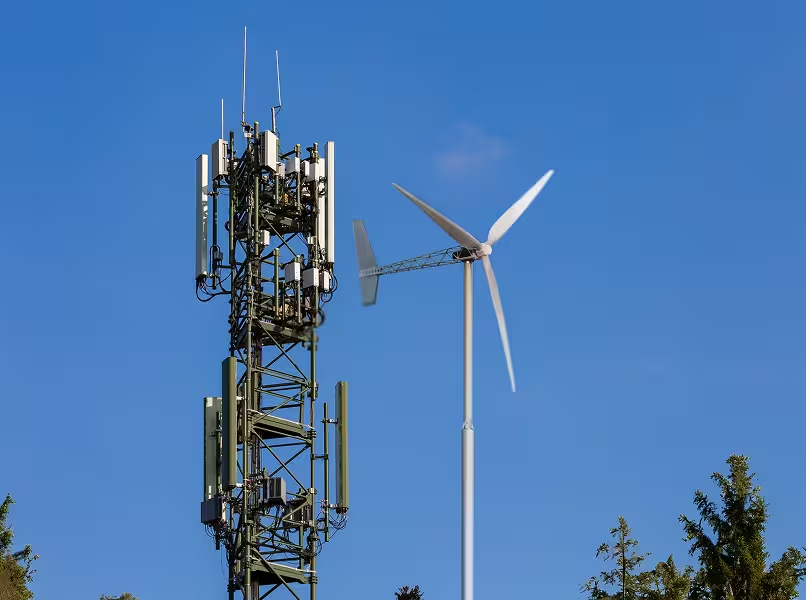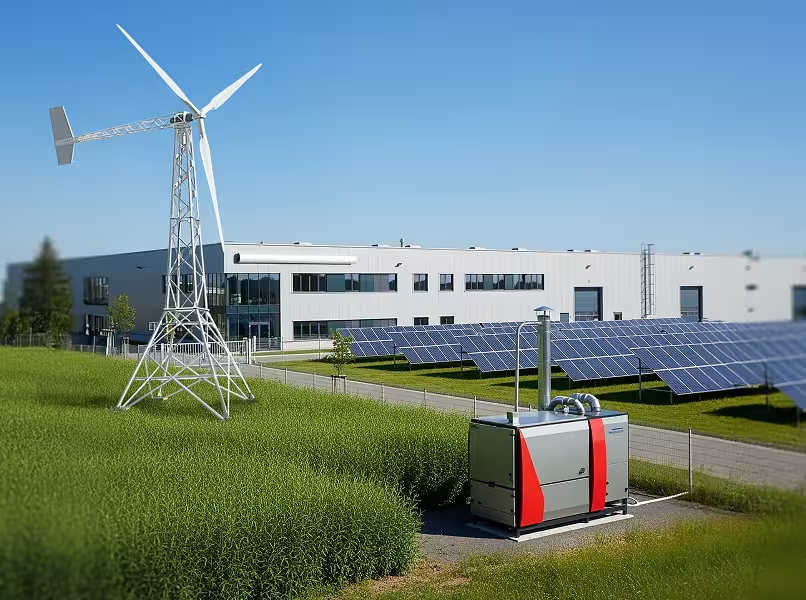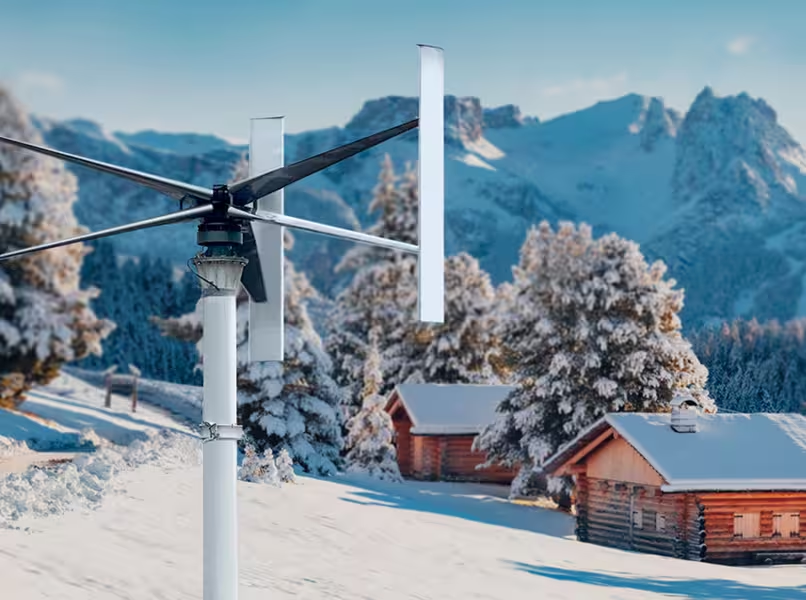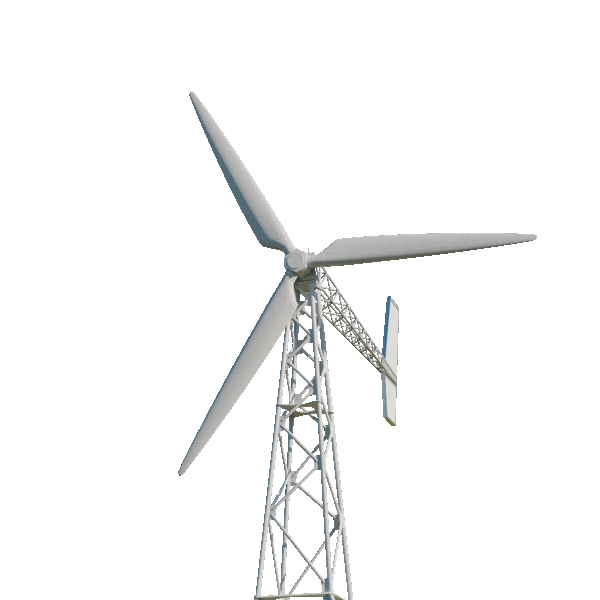Renewable Energy for Public Sector
Sustainable energy solutions for municipal buildings.
The public sector plays a vital role in leading the shift to low carbon energy sources and sustainable practices. Freen’s small wind turbines and energy storages offer a practical, reliable way to meet energy demands while reducing costs and carbon emissions. With a focus on wind renewable energy and cutting-edge renewable technologies, our solutions help public institutions align with renewable energy policies and achieve long-term sustainability goals.
Energy Challenges in the Public Sector
Public institutions face unique energy challenges that demand innovative solutions. Freen’s small wind turbines combined with lithium or sodium batteries address these challenges by providing:
-
Cost Savings
Public facilities like schools and offices often face budget constraints. Renewable energy provides an affordable alternative to grid power, reducing energy bills over time.
-
Sustainability Goals
Many municipalities are committed to adopting low carbon energy sources to meet climate targets. Solar and wind energy along with energy storage helps achieve these goals.
-
Energy Reliability
Public services need a consistent energy supply to avoid disruptions. Small wind renewable energy solutions combined with batteries ensure uninterrupted power, even in remote areas.
-
Policy Alignment
Comply with renewable energy policies by integrating wind turbines and BESS into your energy strategy.
Small Wind Turbines and Energy Storage for Sustainable Public Services
Freen’s small wind turbine solutions provide reliable, clean energy for public sector facilities of all sizes. By harnessing wind renewable energy, institutions can reduce their reliance on grid electricity, cut costs, and meet sustainability commitments. Energy storage solutions complement wind power or hybrid systems. Batteries allow institutions to store excess energy generated during periods of high wind and use it later, balancing fluctuations in supply and demand.
Renewable energy systems can be integrated with the grid in various ways, depending on national regulations, to reduce or replace reliance on utility power. The main configurations include self-consumption, where generated energy is used on-site with surplus potentially sold or returned to the grid; grid sale, where all renewable energy is sold to the utility at a set rate; and net metering, where excess energy is fed into the grid and later compensated, sometimes across multiple consumption points.
Find out which energy system is best for your site.
Get consultationApplications of Wind Power in the Public Sector
Municipal Buildings
≈570 MWh

4 m/s
6 m/s
99.6 MWh (18%)
219.3 MWh (39%)
4 m/s
6 m/s
188.4 MWh (33%)
266.2 MWh (47%)
*PV yield assumption: ~1,000 kWh/kWp/year → ≈120 MWh/year
Post office/
≈230 MWh

4 m/s
6 m/s
66.4 MWh (29%)
146.2 MWh (64%)
4 m/s
6 m/s
188.4 MWh (33%)
226.2 MWh (98%)
*PV yield assumption: ~1,000 kWh/kWp/year → ≈80 MWh
EV Charging Station for 5 Cars
≈13.5 MWh

5 m/s
6 m/s
5.0 MWh (37%)
9.1 MWh (67%)
3 m/s
4 m/s
13.1 MWh (97%)
18.1 MWh (134%)
Explore Other Use cases
-

Infrastructure
Sustainable power for critical systems like telco towers, traffic signals, and EV charging stations.
-

Business
Reduce operational costs and achieve ESG compliance for data centers, manufacturing plants, and business parks.
-

Residential
Save energy costs and gain energy independence with home wind turbines and energy storages.
Freen’s small wind turbines are tailored to meet the energy needs of public sector facilities, helping you achieve energy cost savings, reliability, and sustainability.
From schools to municipal buildings or backup RES systems for hospitals, our solutions align with renewable energy policies and support the transition to low carbon energy sources. Paired with solar panels and energy storages, they offer a significant cost reduction and increase energy independence.
See Our Products
-


Vertical Wind Turbines
-


Horizontal Wind Turbines
-

Energy Storages
Still Have Questions?
-
Freen provides a complete range of renewable energy solutions tailored to public infrastructure and municipal applications. Our portfolio includes small and medium wind turbines, advanced sodium-ion energy storage systems as well as lithium batteries, and fully integrated hybrid setups. To find the most efficient solution for your infrastructure needs, contact us for a personalized consultation. Our team will analyze your site conditions, energy profile, and funding opportunities to recommend the optimal hybrid or standalone configuration.
-
In the lithium-ion vs sodium-ion battery debate, both technologies will coexist in smart city infrastructure. Lithium-ion remains the standard for high-power mobility, but sodium-ion will likely dominate stationary public energy storage, from EV charging hubs to municipal backup systems. Its lower material cost, safer chemistry, and strong energy density vs lithium-ion performance make it the logical choice for scalable and sustainable public energy networks.
-
Hybrid renewable energy systems, combining wind turbines, solar PV, and lithum or sodium-ion battery storage, provide municipalities with reliable, cost-effective, and sustainable power. For public infrastructure such as schools, administrative buildings, transport hubs, or water treatment plants, hybrid systems ensure energy independence and continuity during grid outages. By integrating small wind turbines with solar panels and Na-ion battery storage, cities can balance energy generation day and night, reduce peak demand charges, and cut CO₂ emissions. These systems also lower operating costs over time and align with local and EU-level sustainability goals.
-
In the sodium-ion battery vs LiFePO₄ discussion, both technologies are viable for renewable integration in public systems. LiFePO₄ provides slightly higher energy density, but sodium-ion batteries perform better at extreme temperatures. This makes them ideal for wind-solar hybrid storage systems for autonomous electrification and microgrids in hot climates.
Ready to take the first step?
Contact us to connect with renewable energy consultants in your area.


